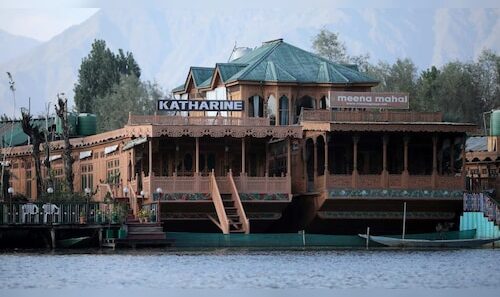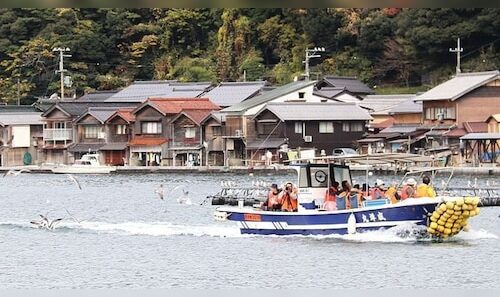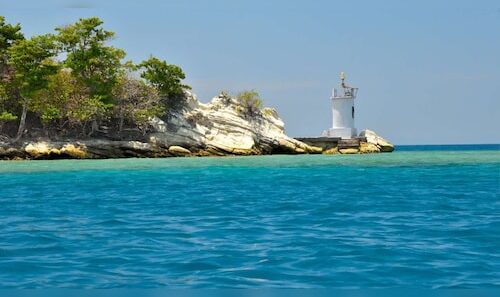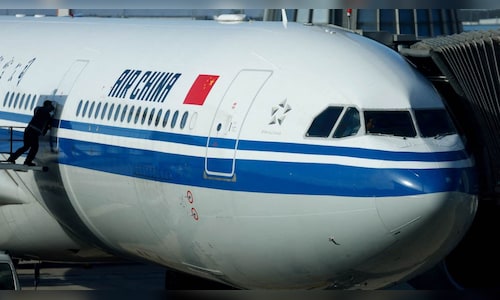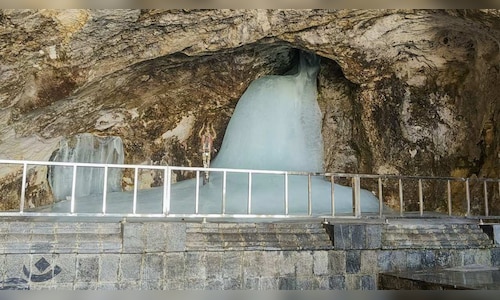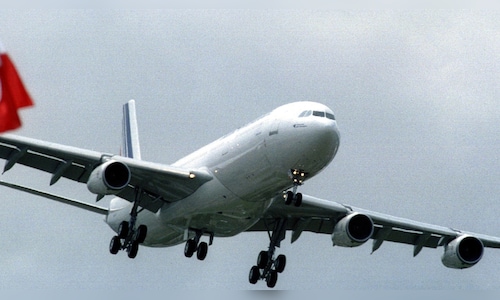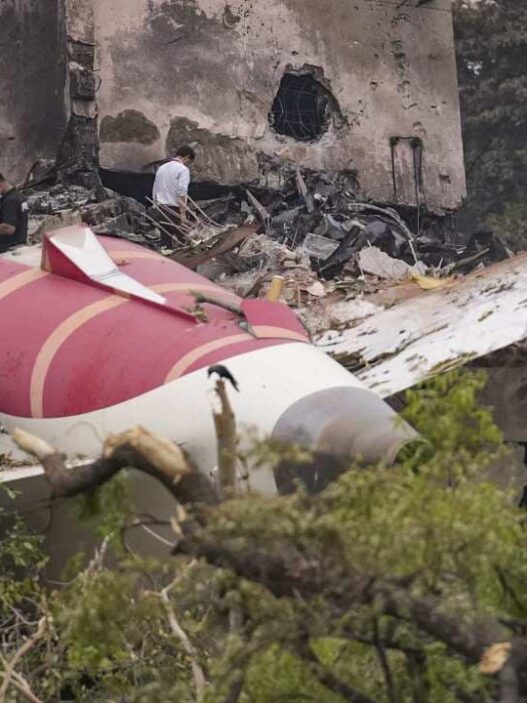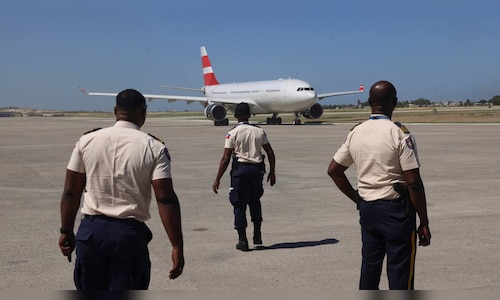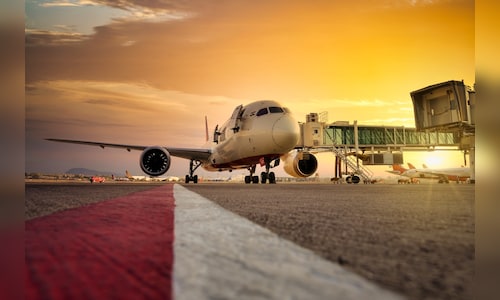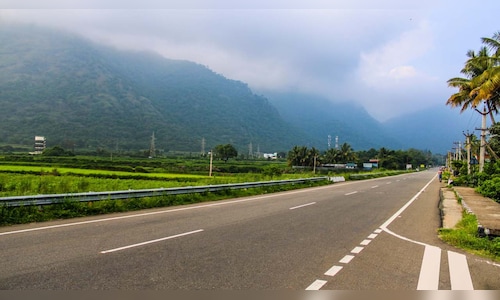The airline has declared an ex gratia payment of ₹1 crore to the families of each passenger who passed away.
In addition to this, multiple layers of insurance—including aviation, life, and personal accident—are anticipated to offer further compensation and assistance to the victims’ families.
Aviation insurance: Understanding Air India’s policy coverage
Like other prominent international airlines, Air India possesses a comprehensive fleet-level aviation insurance policy.
As stated by Sajja Praveen Chowdary, Director at Policybazaar for Business, “Commercial airlines generally obtain a broad aviation insurance program that encompasses hull insurance, passenger liability insurance, third-party legal liability, cargo liability, and crew personal accident coverage.”
According to Hitesh Girotra, Vice President at Prudent Insurance Brokers, commercial airlines usually secure the following essential covers:
- Hull all risk: Covers physical damage to the aircraft (excluding wear and tear, mechanical failures, or nuclear risks).
- Hull war Risk: Covers incidents of hijacking, sabotage, and terrorism.
- Combined single liability (CSL): A mandatory global cover including:
- Passenger liability (as per the Montreal Convention)
- Baggage and cargo liability
- Third-party liability (for injuries or damages on the ground)
- Excess war liability (AVN 52E): Covers claims related to war events similar to 9/11.
- Hull deductible buyback: Eases the deductible burden on airlines for claims, ensuring that even lower-value claims are accepted.
“The actual value of the Boeing 787-8 Dreamliner is generally much less than its list price,” commented Hari Radhakrishnan, an aviation insurance expert and member of IBAI. “While the list price might be around $250 million, the insured value can be closer to $115 million, influenced by depreciation and market conditions.”
“Passenger liability insurance for international flights may often exceed $500 million, due to global frameworks like the Montreal Convention and EU aviation safety regulations,” he further explained.
Family compensation details
According to the Montreal Convention, which regulates international aviation liability, airlines are obliged to provide compensation without requiring families to demonstrate fault.
This international treaty stipulates that airlines are strictly liable for verified damages up to 113,100 SDRs (approximately ₹1.26 crore at current rates) without necessitating proof of negligence from claimants.
“Liability insurance guarantees that affected individuals or their families are compensated according to international standards,” added Chowdary.
Further compensation may be granted if negligence is proven or via civil claims.
EU regulations require a minimum coverage of 250,000 SDRs (about ₹2.8 crore) per passenger for all airlines operating to or from Europe.
Additionally:
Air India’s ₹1 crore ex gratia payment provides immediate financial assistance.
Credit card personal accident (PA) insurance may contribute an extra ₹1 crore to ₹3 crore if tickets were purchased using eligible credit cards.
“Most Indian credit cards offer this coverage, but it is only activated when the air ticket is bought with that card,” noted Chowdary.
It is important to clarify that the ₹1 crore compensation announced by the Tata Group is supplementary to the insurance families are legally entitled to.
Travel insurance and emergency assistance
Numerous passengers may have their own travel insurance, which typically covers accidental death, medical evacuation, and the repatriation of remains.
“In cases of accidental death, beneficiaries usually receive a lump sum settlement—typically between ₹10-15 lakh for a $150,000 policy,” explained Meet Kapadia, Head of Travel Insurance at Policybazaar.
Kapadia added: “Most insurers implement expedited procedures in such events. Special helplines, swift claims processes, and logistical support are mobilized to aid families and medical teams.”
Risk distribution: The role of global reinsurers
“The aviation insurance landscape is structured on a global scale,” remarked Narendra Bharindwal, President of the Insurance Brokers Association of India (IBAI). “Air India’s fleet insurance is reinsured and syndicated across international markets such as London and New York.”
“No single insurer absorbs the entire risk. Coverage is shared among global reinsurers, with typically one holding between 1.5% to 2%. A primary reinsurer usually retains 10–15% of the risk,” Bharindwal noted.
These global reinsurers could include firms like Allianz, AIG, and Lloyd’s syndicates, which may further offload portions of the risk through retrocession, essentially reinsuring themselves.
Life insurers activate rapid claims teams
Following the disaster, Bajaj Allianz Life Insurance has set up a dedicated claims desk to assist its affected clients.
The company stated:
“We have streamlined the documentation process. If a death certificate is unavailable, confirmation from a hospital or municipal authority will suffice. Claims will be processed on a priority basis.”
LIC of India has also announced measures to support the claimants of LIC policies during this challenging period.
“In place of a death certificate, any verified evidence from government records regarding the policyholder’s death due to the plane crash or any compensation disbursed by central/state governments or airline authorities will be accepted as proof of death,” LIC affirmed.
Get LIVE updates on the Ahmedabad plane crash here

